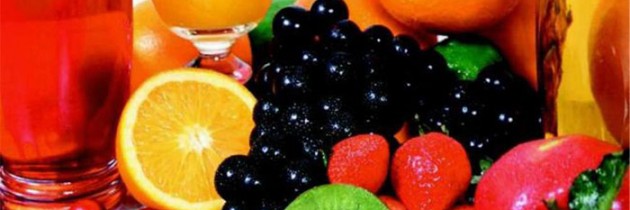Eat the Fruit, Don’t Drink the Juice
Experiment
Get two kids. Give one of them six oranges and tell them to make orange juice. The kid makes the juice, chugs it, and wants to know “what’s for breakfast?”
Give the second kid six oranges and tell him to eat the six oranges. The kid gets to the fifth orange and throws up and says he absolutely cannot eat another.
What’s the difference?
Fiber.
Fiber is the difference. Fiber is an essential nutrient. Fiber reduces how much food you can eat.
There are two kinds of fiber: soluble and insoluble. Your body requires both to reap the benefits of it. One without the other is almost useless. When soluble and insoluble fiber get together they form a gel-like barrier that lines your intestines. This is a good thing because it slows the emptying of your stomach after eating, making you feel fuller, longer (also known as satiation). The barrier also prevents absorption of nutrients from the gut meaning they go further down the intestines to be metabolized and not absorbed.
Cool fact from “the anti-sugar guy“, Dr Robert Lustig – did you know if you eat 160 calories of almonds, you only absorb 130 of them.
Most people do not get enough fiber in their diets. It has almost been excluded altogether from most because fiber (in both kinds) is not found in processed foods. Processed foods = fiber-less foods.
“But my kid’s cereal says it is a good source of dietary fiber.” This is because only soluble fiber has been added back into the food. Food manufacturers cannot add back insoluble fiber. If you recall above we need both to get the benefits, so one without the other doesn’t really help anything.
Not to hate on smoothie drinkers – but when you throw a piece of fruit into a smoothie you have sheared the insoluble fiber so you are not getting the full benefits of both the soluble and insoluble. Without the fiber benefits, you don’t feel satiated. Because of this, you are hungry (see: ravenous) shortly after finishing your “health drink”. This is why I do not advocate smoothies on a fat loss diet. A whole lot of calories (see: sugar) without a lot of benefits.
Take a look at the graph below. It shows the relative amounts of sugar, fiber and water in different carbohydrate sources. Notice fruit has close to equal sugar:fiber ratio. There’s nothing wrong with eating fruit in its natural form. It’s when you strip the fiber from it and consume it as a juice that you can get yourself into trouble. The fiber in the fruit itself helps counter the negative sugar impact.
If you want to learn more about fiber and other ways to improve your nutrition, check out Brian’s [free] fat loss video series.
Brian
Brian is a Metabolic Effect-Certified Personal Trainer and hormonal fat loss nutrition consultant. He utilizes his background in IT troubleshooting to diagnose and resolve nutrition and fitness issues for his clients. He likes the Carolina Panthers, a good IPA and short checkout lines. You can also find him on social media at Twitter and Facebook.






